This reading unit is designed to provide six weeks of detailed reading instruction! In addition to the PDF file, all student pages are available digitally through Google Slides. This unit includes 30 day-by-day lessons. You’ll also find pacing guides and standard alignment to keep you organized.
Reading Comprehension
The bulk of the unit focuses on reading comprehension. There is a balance between informational reading and literature within each of the reading units. Each detailed lesson plan includes a mini lesson, independent reading time, and closing. The mini lesson typically includes a mentor text, where I give you multiple text suggestions. There is also a handout or guided practice activity for each of the 30 comprehension lessons lessons.
Skills/Concepts in Unit 4 Include:
- theme
- characterization
- making inferences & drawing conclusions
- point of view
- making comparisons (setting, character, theme)
- main idea
- nonfiction text features
- supporting details
- combining information from multiple texts
Unit 4 is organized around six author studies with one week of instruction for each author.
3rd Grade Version:
- Patricia Polacco
- Chris Van Allsburg
- Eve Bunting
- Seymour Simon
- Gail Gibbons
- Brian Floca
4th & 5th Grade Version:
- Patricia Polacco
- Chris Van Allsburg
- Eve Bunting
- Patricia C. McKissack
- Jacqueline Woodson
- Jerry Pallotta
Novel Studies
There is one novel study that can be used for a book club or literature circle that is aligned to the lessons within the unit! The novel study is completely optional, so if it’s not right for your students-no worries!
Novel Study in Unit 4 Includes:
- Wishtree
Vocabulary
Each week’s vocabulary instruction follows the same format to provide consistency and easy to follow routines. All vocabulary words are Tier 2 words from the mentor texts in the reading units. Students create a vocabulary notebook or journal for their vocabulary words. The first few pages of the notebooks are used for a general word bank. The next set of pages include a word bank for prefixes and suffixes. The remainder of the notebook is for students’ weekly vocabulary practice.
- Monday: As a class produce brief definitions for each word.
- Tuesday: Brainstorm examples and non examples of each vocabulary word.
- Wednesday: Draw a picture representation of each word.
- Thursday: Students write words in high-quality sentences.
- Friday: Students take a brief vocabulary quiz over the six terms.
Fluency
Since repeated reading is one of the best ways to improve students’ reading fluency, there is one fluency passage for each week of instruction. The fluency passages should be sent home on Monday, and students should read the passage orally to an adult each night of the school week. These passages may be sent home on an as-needed basis.
Reading Centers/Literacy Centers and/or Reading Homework
There is a weekly choice board that can be used as part of your centers or as a homework assignment. As with all parts of this unit, the choice board is completely optional. On the choice board, there are 9 reading activities for students to choose from. You can set the parameters on what activities to complete, how many activities to complete, etc.
Total Pages: 127–163
File Size: 26 MB
Check out the year long bundle!

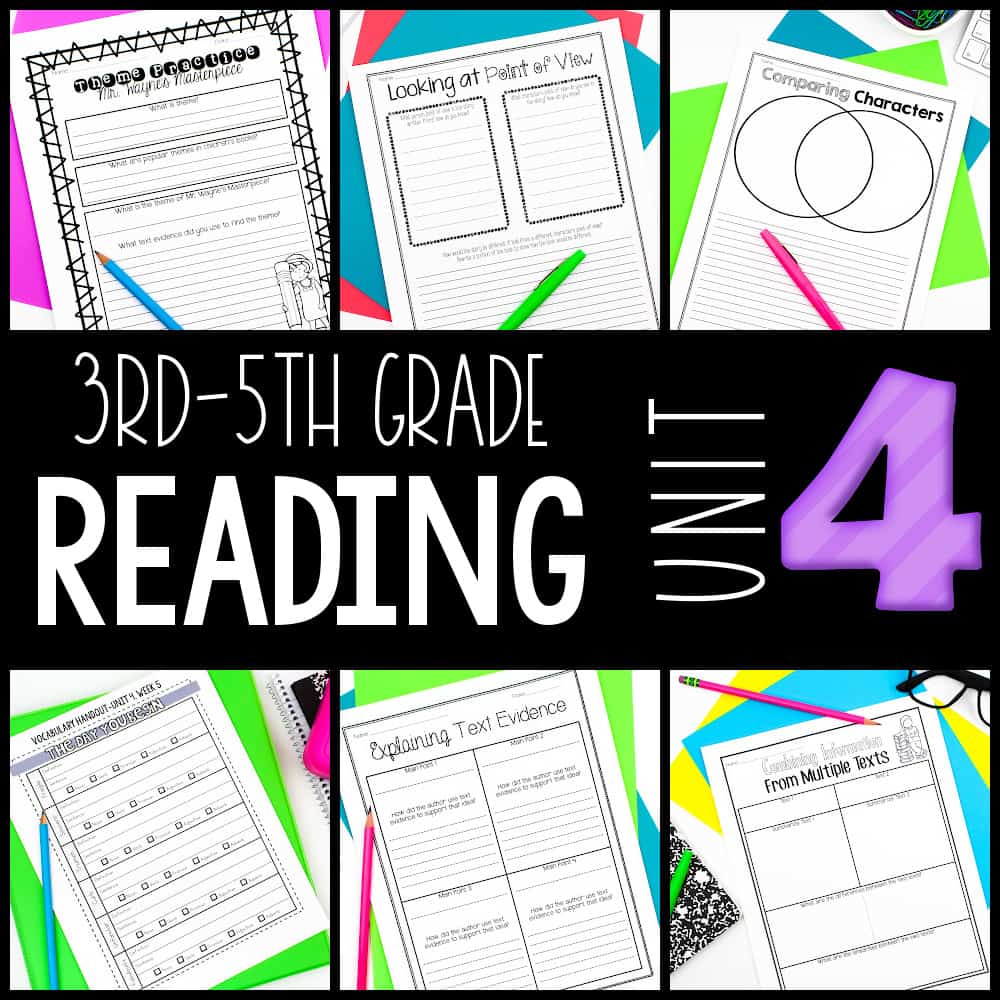
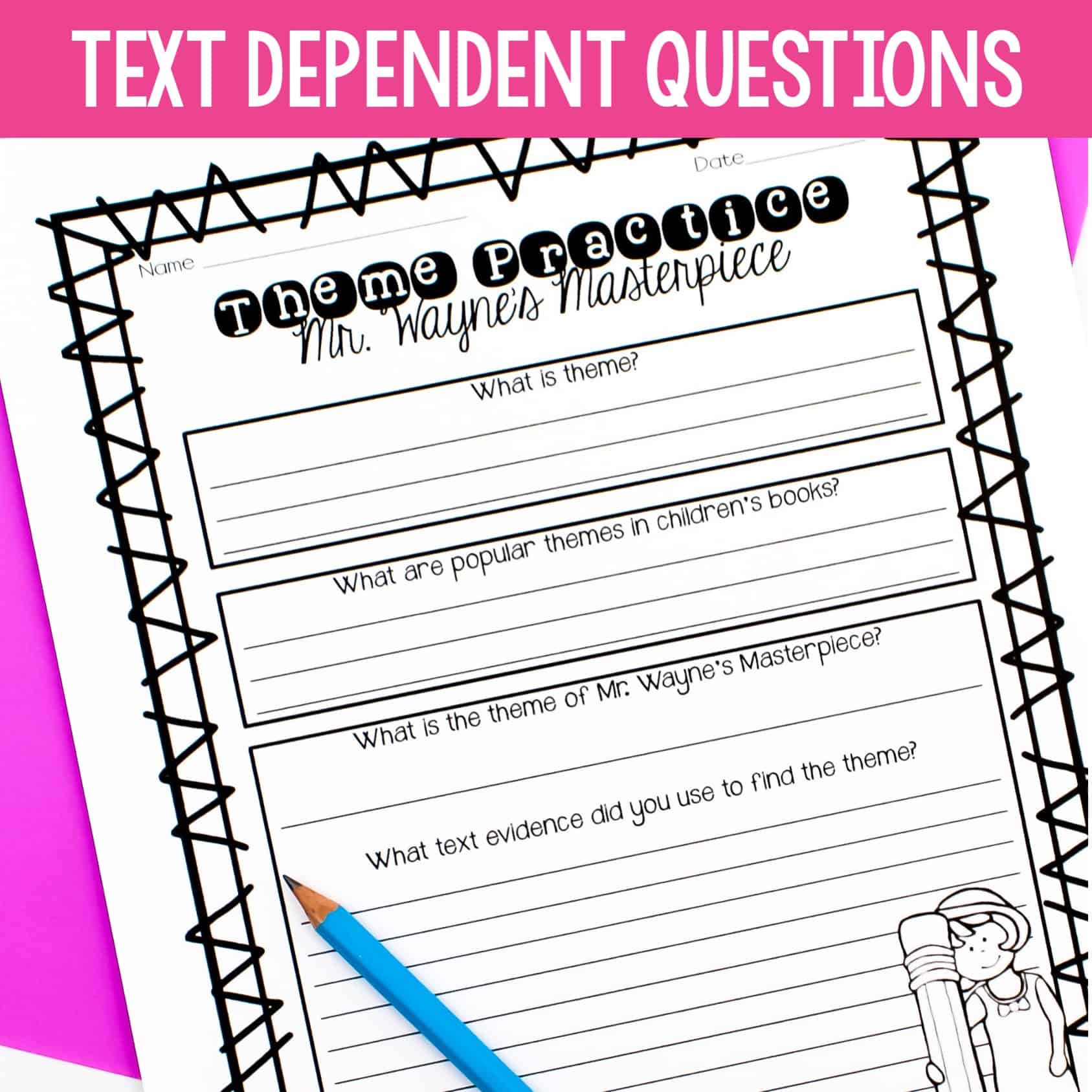
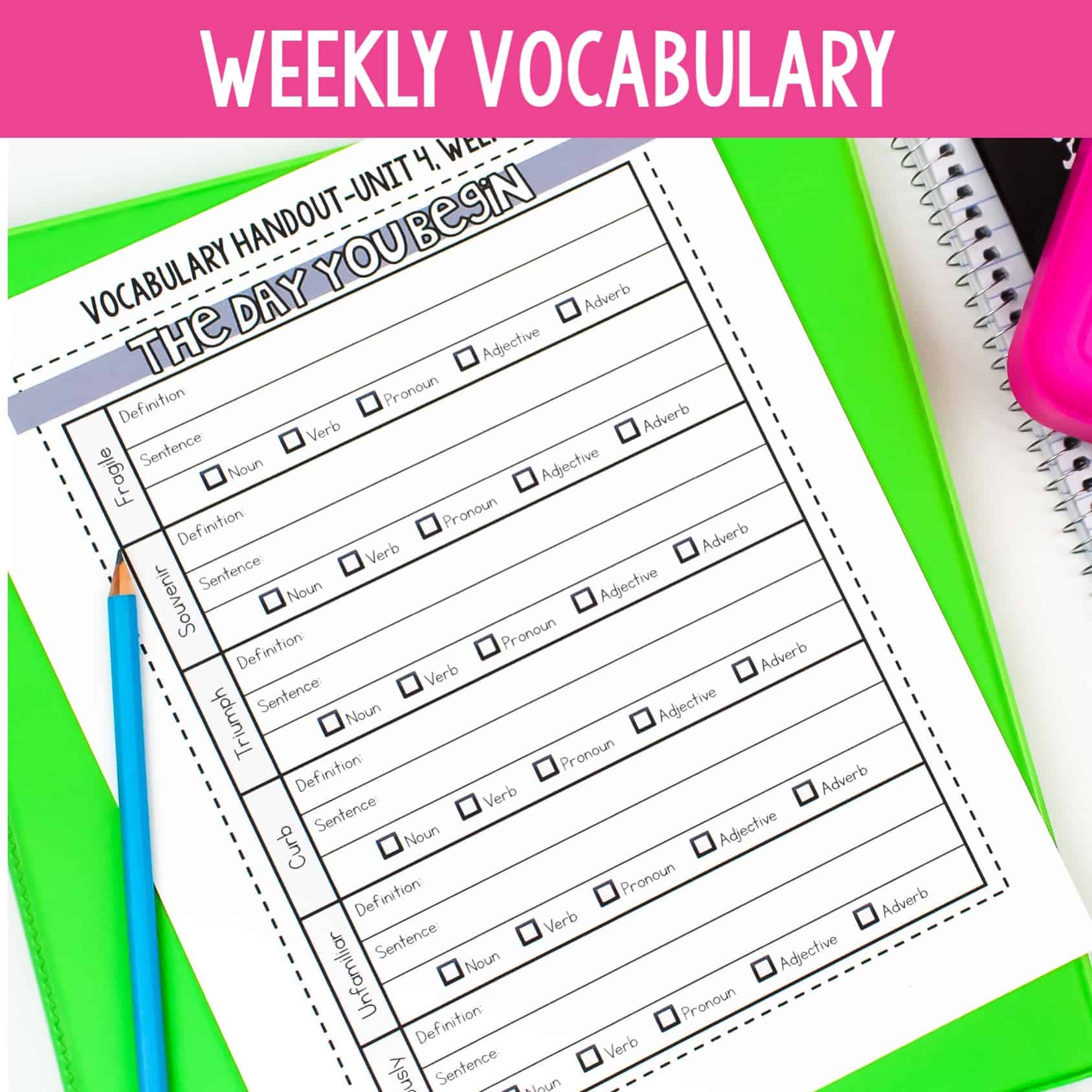
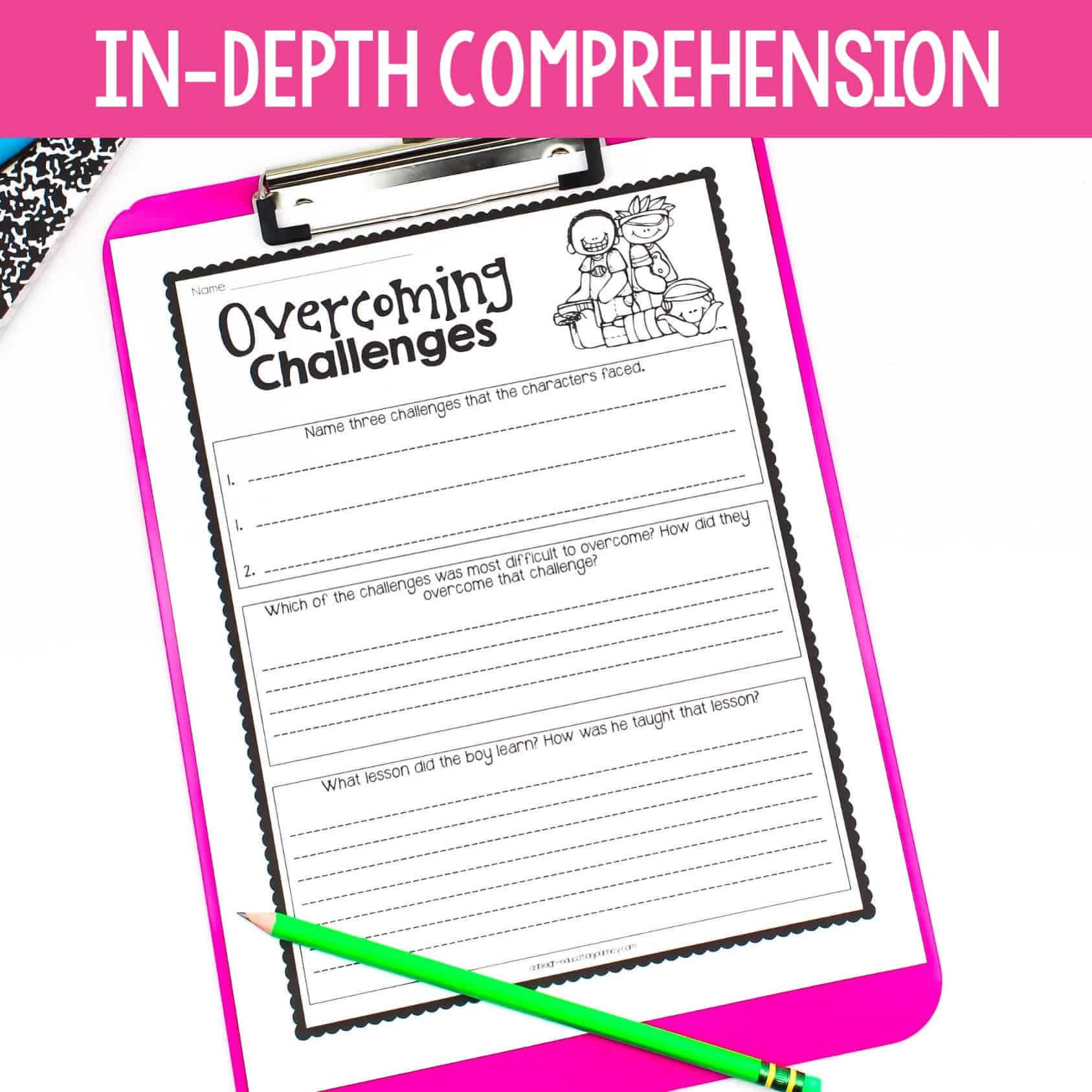
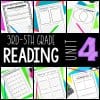
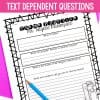
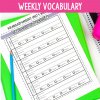
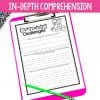
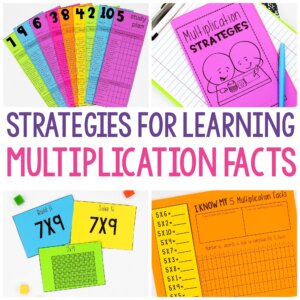
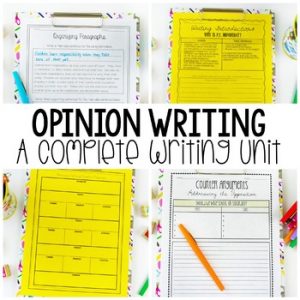
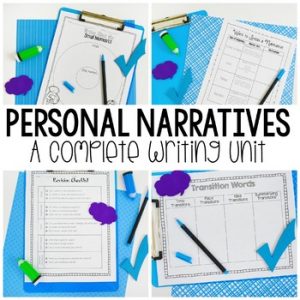
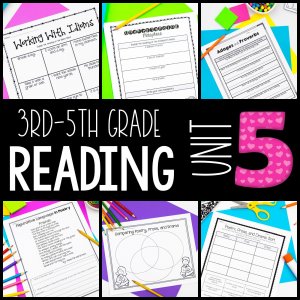
Reviews
There are no reviews yet.